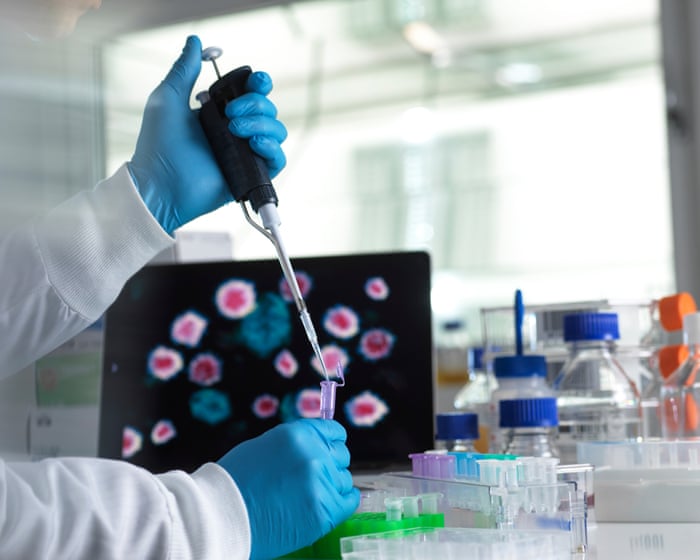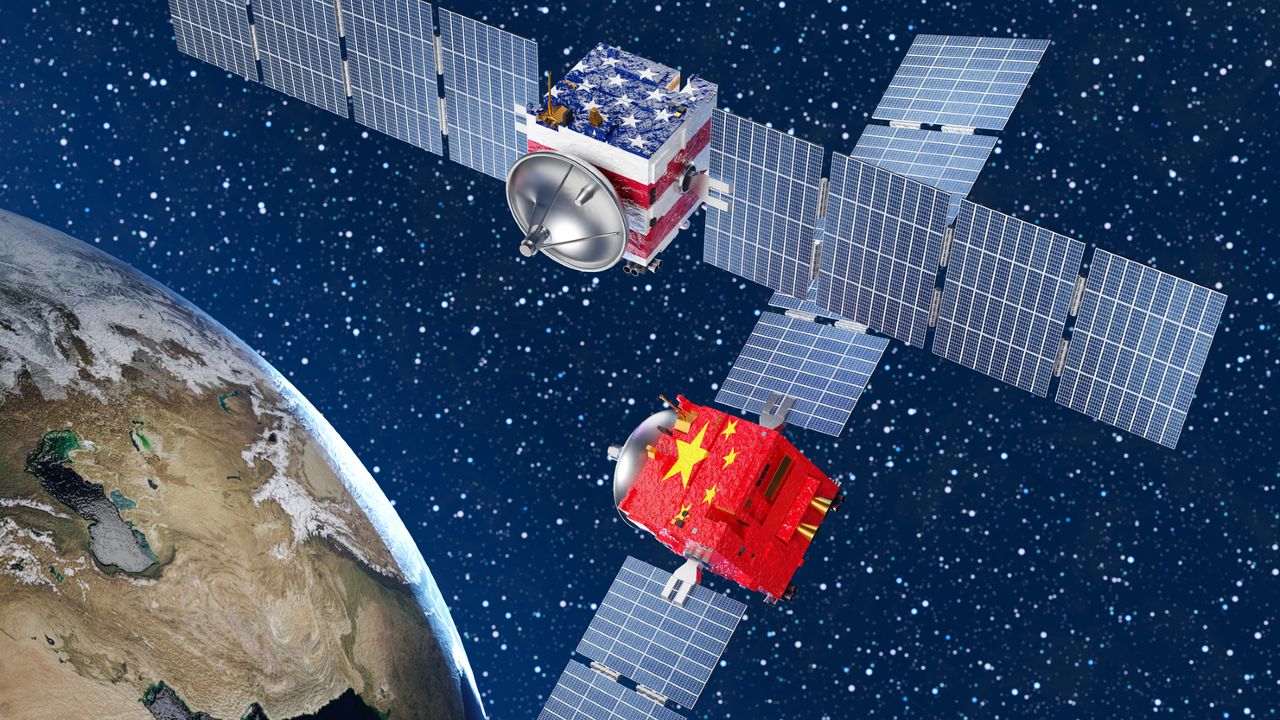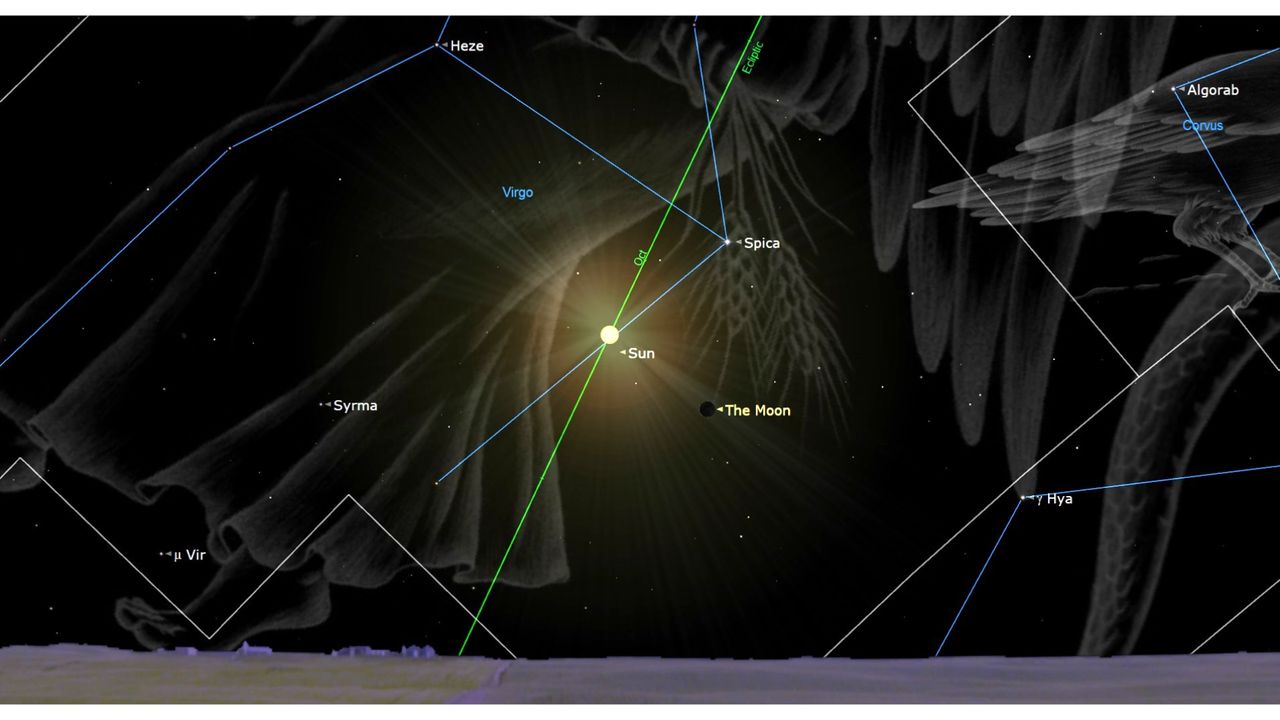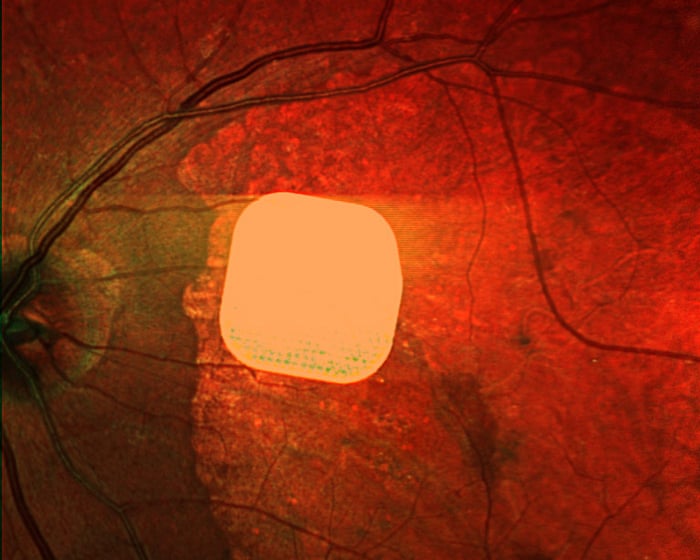Low participation in medical trials puts millions of young people at risk
NegativeScience

A recent report highlights a concerning trend: low participation rates in medical trials among Gen Z in England. This lack of engagement could mean that millions of young people miss out on potentially life-changing treatments for various health conditions. As new therapies are developed, the absence of young participants in these studies not only jeopardizes their access to innovative care but also limits the effectiveness of research aimed at improving health outcomes for their generation. It's crucial for young individuals to recognize the importance of participating in these trials to ensure they benefit from advancements in medicine.
— Curated by the World Pulse Now AI Editorial System





